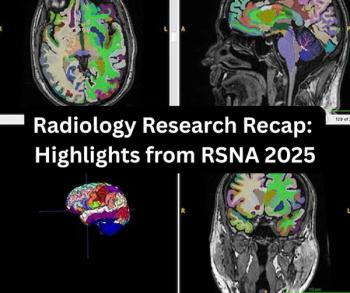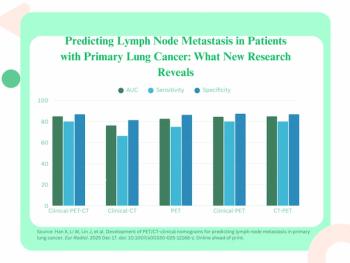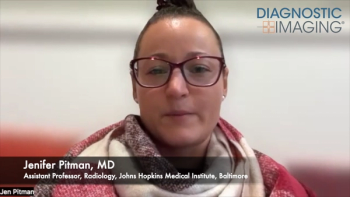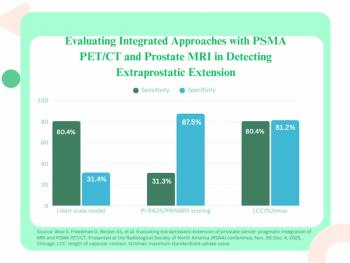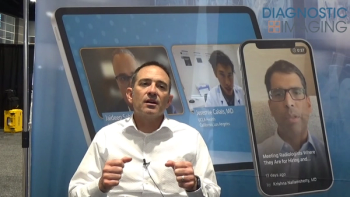
New Analysis Finds Airport Scanner Risk Extremely Low
Are airport scanners safe? In another recent analysis on the topic, researchers at the University of California have estimated the cancer risk from one kind of scanners is extremely low.
Are airport scanners safe? In another recent analysis on the topic, researchers at the University of California have estimated the cancer risk from one kind of scanners is extremely low.
“The amount of radiation in these scans is so low that you don’t have to be concerned about it,” Rebecca Smith-Bindman, MD, a professor of radiology at the University of California, San Francisco, said in a statement. She and Pratik Mehta, an undergraduate at University of California, Berkeley, made the calculations, and
Their analysis comes on the heels of a
In this most recent analysis, Smith-Bindman and Mehta said the amount of radiation absorbed in a single scan is about the same as what the average person absorbs every three to nine minutes on the ground under normal circumstances. Further, a person would absorb 100 times more radiation flying on an airplane than standing in a scanner, they said.
There’s one major caveat though. All this assumes the scanners are being used properly, Smith-Bindman said. There is potential for software and human error, and Smith-Bindman said the TSA should allow for further testing and monitoring of the devices in the field.
There are about 500 of these backscatter scanners, which use low energy X-rays, in 78 U.S. airports.
Newsletter
Stay at the forefront of radiology with the Diagnostic Imaging newsletter, delivering the latest news, clinical insights, and imaging advancements for today’s radiologists.

